At the close of 2024, I shuttered my small art and design business. The whole shebang began in 2019 with a spark, a loan, a dream, and a team of four. For five years I worked constantly with the usual triumphs and bellyflops that belong to every small business start-up. I expanded my community, learned a new vernacular around design, laughed at absurd moments, explored sustainability (or how hard it is to be sustainable when you are, after all, making stuff), partnered with non-profits, got a hands-on course in management and finance, and had a blast working with a team. But last year I had to face my limitations. I couldn’t mourn the loss of our daughter, fight cancer, and run a business. In December we hosted a large farewell holiday open house, sold off our inventory, paused our website, and restored the showroom to a working studio.
But there was more behind this decision. After our daughter died, my entrepreneurial hustle vanished, and I no longer cared about making a profit, turning art into design, or being “seen” as an artist. I’d been happy chasing my dream of designing textiles and paper products but now wanted to focus on writing and making art on my own terms. I needed a quieter life and more space in my days.
Mourning is a full-time job, but it grants you one singular freedom — universal permission to say no. You have a built-in excuse to push the world away, to slow down, and to be open to how you are evolving and to a new set of observations. As I coaxed myself back into the world, (still doing so I hasten to add—I have a whopping case of social anxiety) I realized I wasn’t paying attention to the spaces in between. Now I don’t overschedule my days if I can help it. I try to take a tiny nap once a day. I am acutely aware of how thin the veil is between the living and the dead. I ski with my dog. I have abandoned the idea of staying on top of my inbox, texts, or my sock drawer. I once bought into a life that often ensnared me and was on a treadmill of busy days and commitments, beholden to “showing up.” I was putting myself last. And when Bailey died and our hearts stopped and time warped, I was as Robert Frost put it “of the slightest bondage made aware.”
The other night I attended a dinner party and an acquaintance breathlessly told me “who” she was — who she knew, who she was saving, and how busy she was. As she enumerated the bullet points on her resume, I thought of this line from David Whyte: “To be constantly describing yourself and to think you know who you are and to be constantly explaining to others is a gospel of despair.” But I certainly recognize the social impulse to mark territory. I grew up in an era when you needed a label to be successful: Tinker, Tailor, Soldier, Sailor, Rich Man, Poor Man, Beggar Man, Thief. Doctor, Lawyer, Merchant, Chief. We built our identities around these labels and organized our days on desk calendars and Filofaxes. Everything in its place. Then came the transition to an online life and a more professionally fluid society.
When people ask me what I’m doing, which is much better than how I’m doing, I say that I stick to a routine that includes reading, writing, making small collages, preparing for the gardening season, and walking our dog. There is either a head nod or the question, “What will be your final product?”
“I have no idea. I only know that committing to a daily practice is coming to my rescue.”
“Do you have an agent?”
“No.”
“Well if you want to be a professional you need an agent.”
And I smile because I used to believe this, used to think you needed a label to be anointed a “professional.” A much younger self-used to think that success was contingent on the validation of others, like a parking garage ticket that needs to be stamped to qualify for free parking and an easy exit. When I was a young artist people always asked where I was represented. The art world insisted I needed a gallery to merit notice, and when I didn’t have a show on the horizon I felt rudderless and like a fraud. It’s a common refrain for all artists. In my mid-forties, the loss of my parents and my sister in the short space of five years made me less eager for the approbation of others. However, I still clung to a feeling that I had to prove myself, to live on a larger stage, and that my time belonged to others before it belonged to me. I did a poor job of maintaining a balance, of creating boundaries, and by my mid-forties, I became a raging insomniac unable to quiet my brain.
A cancer diagnosis and a tremendous loss forced me to look into the belly of my beast. I alone was responsible for giving into my insecurities around being relevant and a good citizen. By synthesizing constant anxiety, I sabotaged my own health. And I alone am responsible for changing this. I would turn the clock back, hit reverse, or do anything short of something creepy out of a Stephen King novel to get Bailey back. So it’s hard to admit that I have gained something from this horrific loss—a clarity that belongs in a movie scene where the camera zooms in and we see that moment when everything clicks tidily into place for the protagonist. Annie Dillard wrote: “How we spend our days is, of course, how we spend our lives. What we do with this hour, and that one, is what we are doing.” I’m getting the hang of this.
New Butterflies have emerged. Anyone who voluntarily pledges at the annual level ($60) to my Substack can get an original butterfly. They range from 5 x 7 inches or slightly larger. All proceeds from this Substack go to the Bailey Shaw Memorial Fund and are then donated to various non-profits in her honor. After you upgrade your subscription follow the directions in your welcome email. Once a butterfly gets claimed the caption will read ALREADY FLOWN. Thank you!







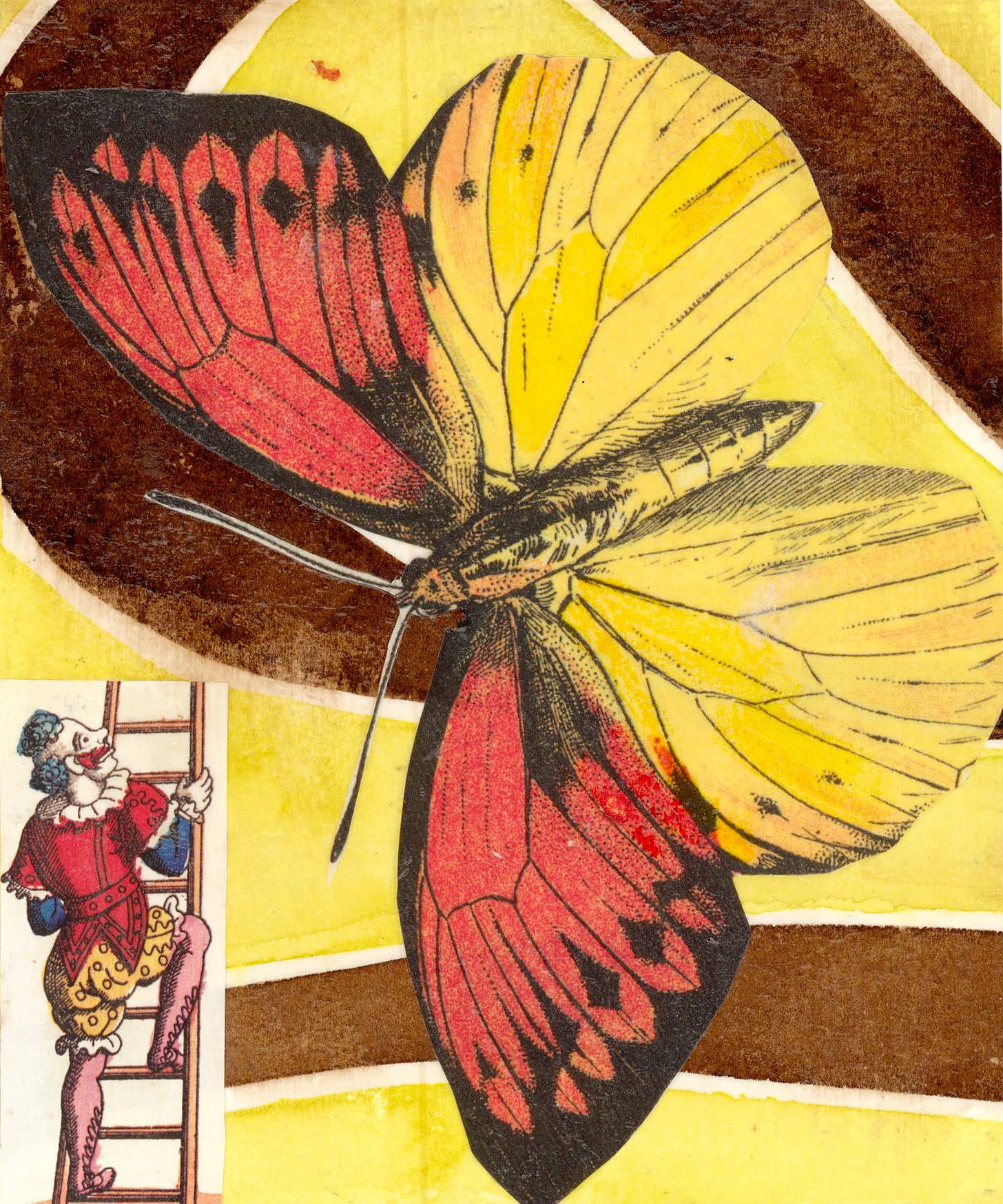

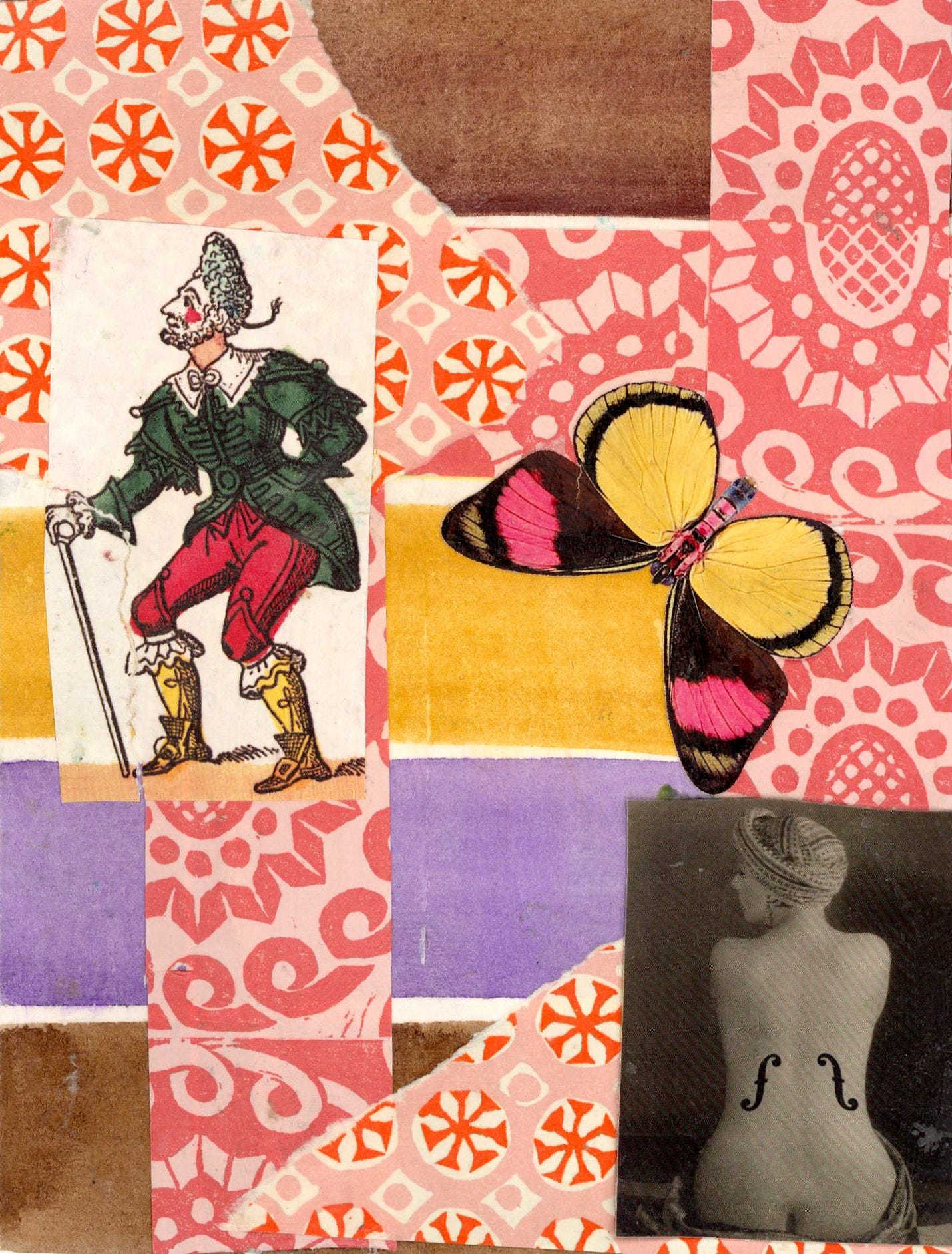

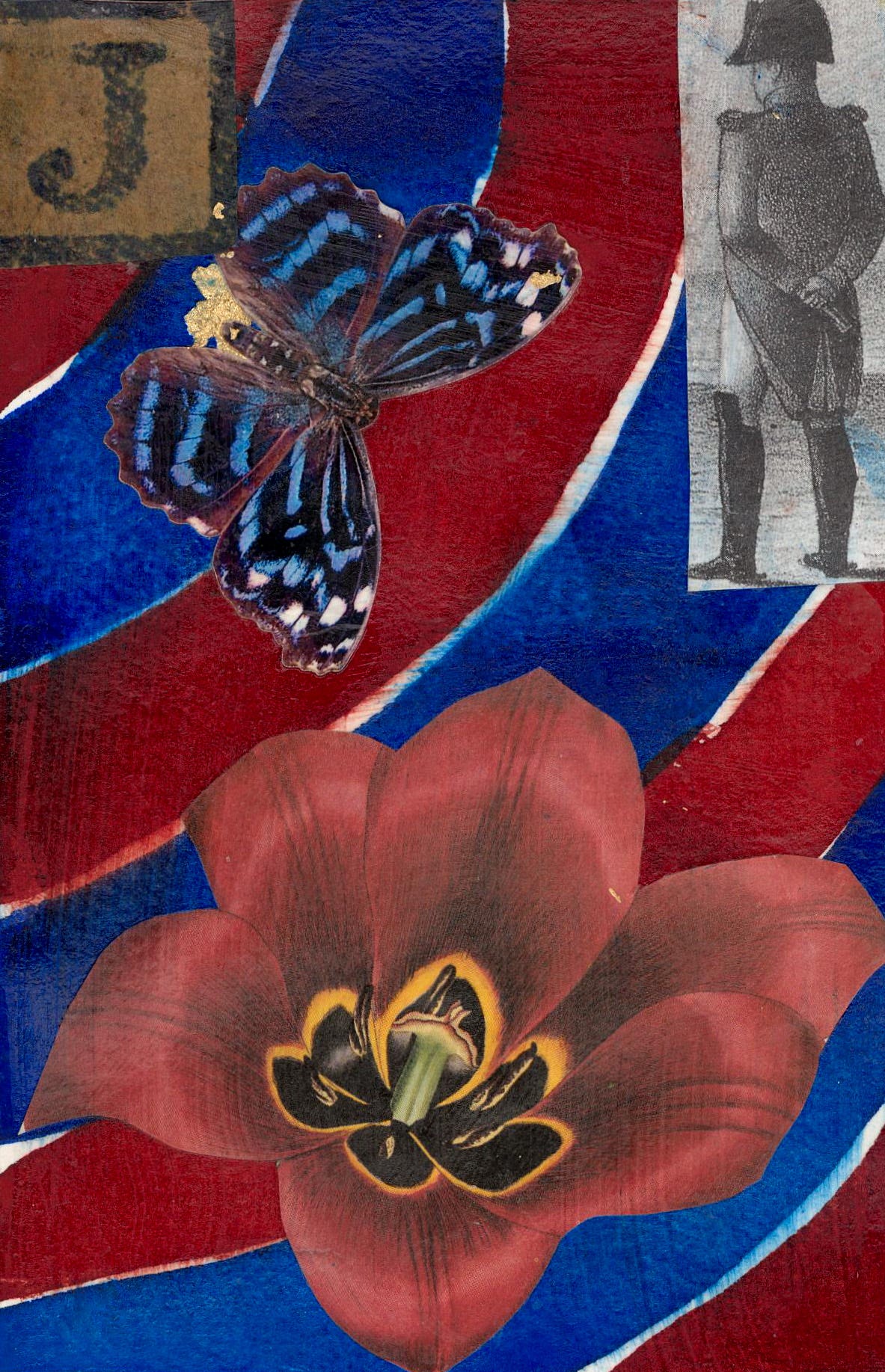
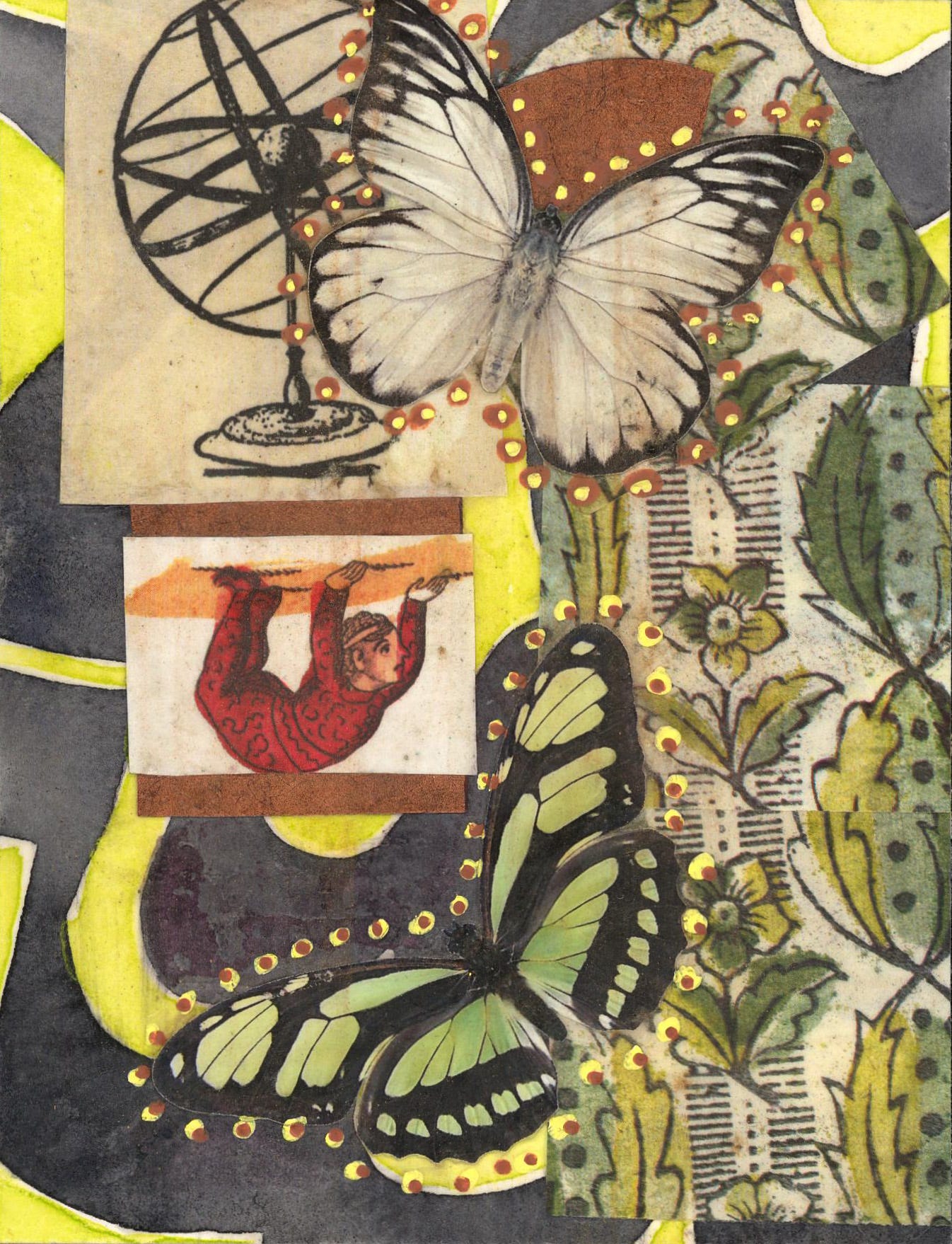
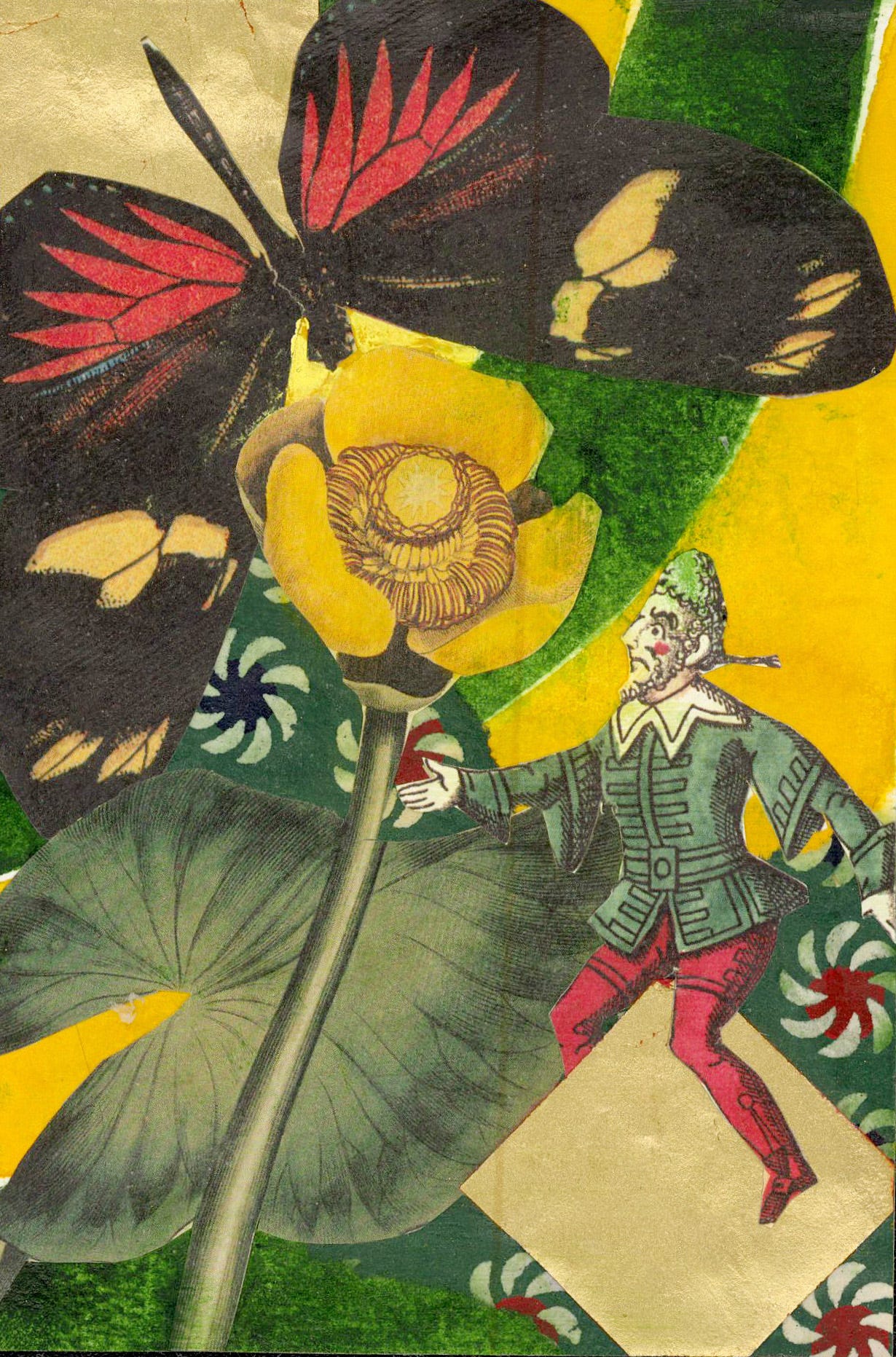

I’m so relating to your writing. No one can quite believe my life this past year. My beautiful husband of 43 years died traumatically after being given the wrong anesthesia during an endoscopy. Three months later I was diagnosed with stage 3b breast cancer. My life has been a tangle of grief and treatment ever since. Cancer is my “side hustle”; the business of doctors and showing up. Grief is my work. I don’t read about it. I don’t want a prescriptive response. I want my own journey and to find my own way. I’m also an artist and haven’t been able to paint since my husband’s death. Maybe after radiation….I finish three days after the one year “anniversary”. Thank you for sharing so much of your journey. I’m so sorry and sad that Bailey died.
Thank you for sharing this Isa. I am finding a similar pull to slow my life and remove some of the well worn labels, in an effort to find more of "me." xo Sheri